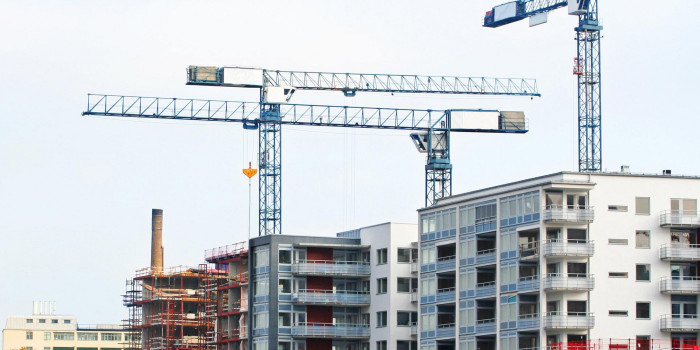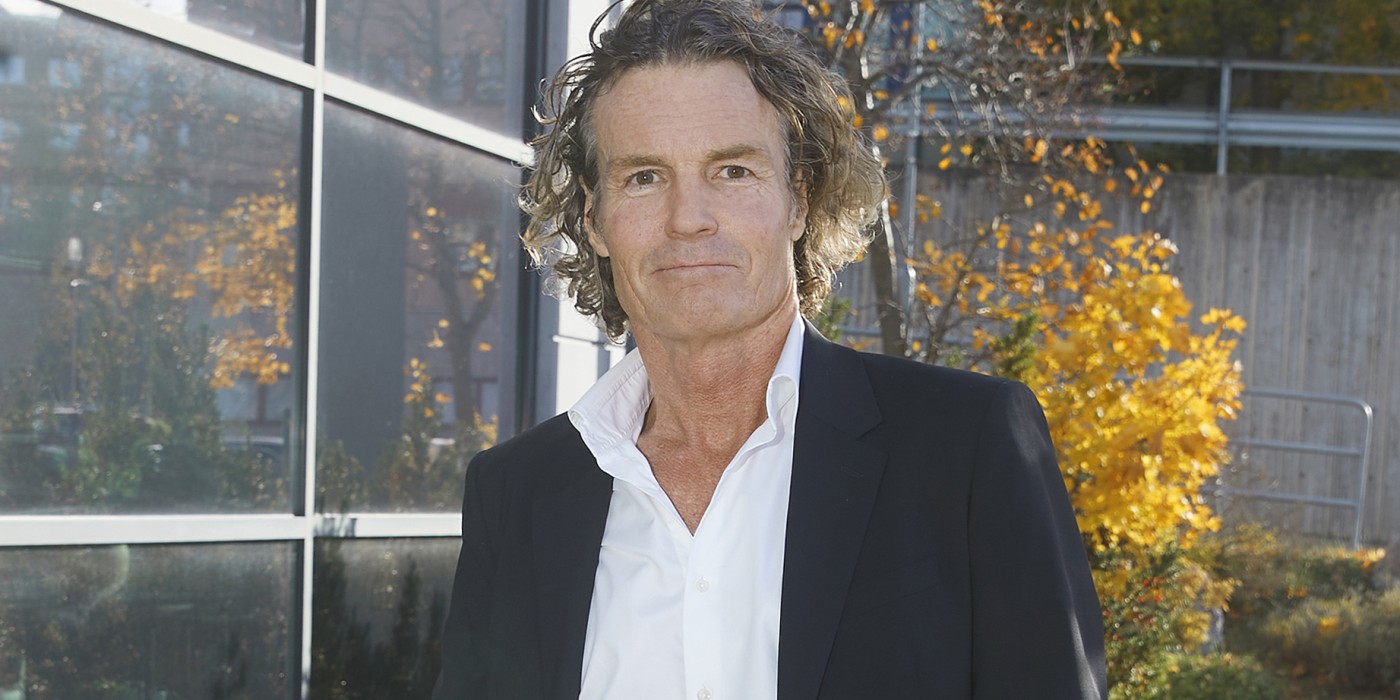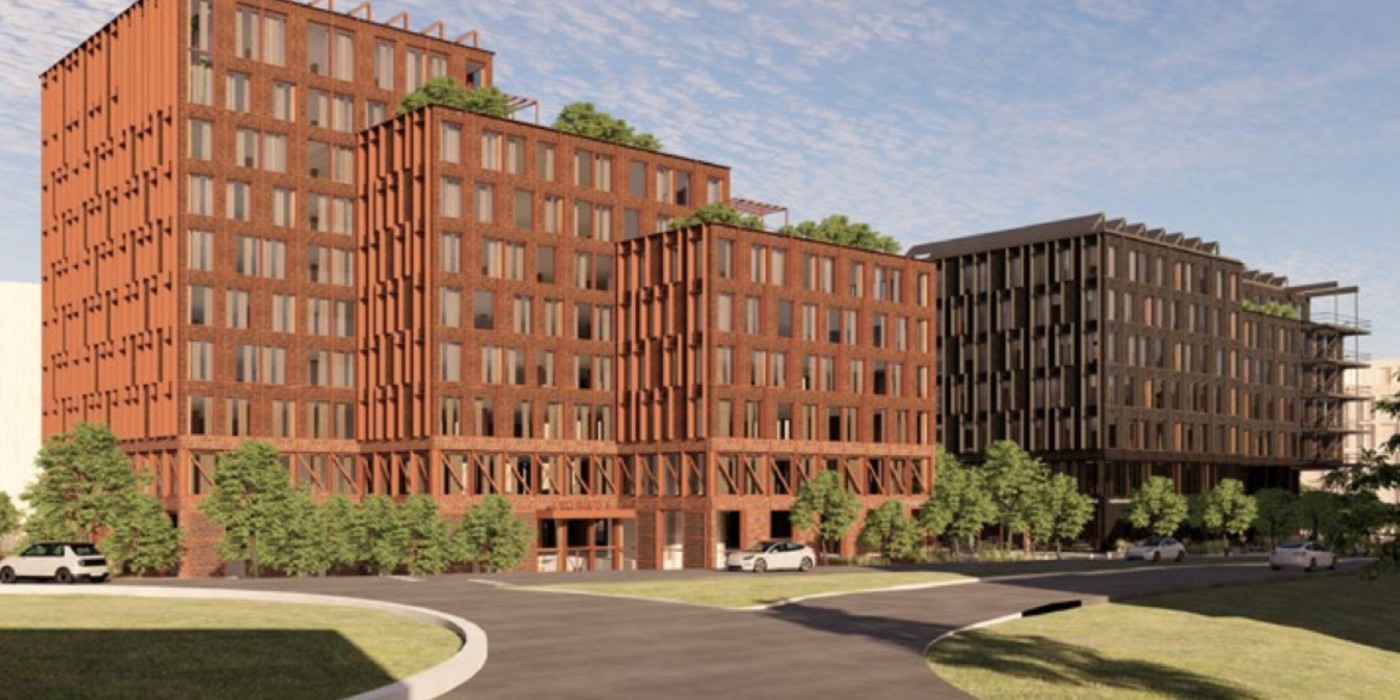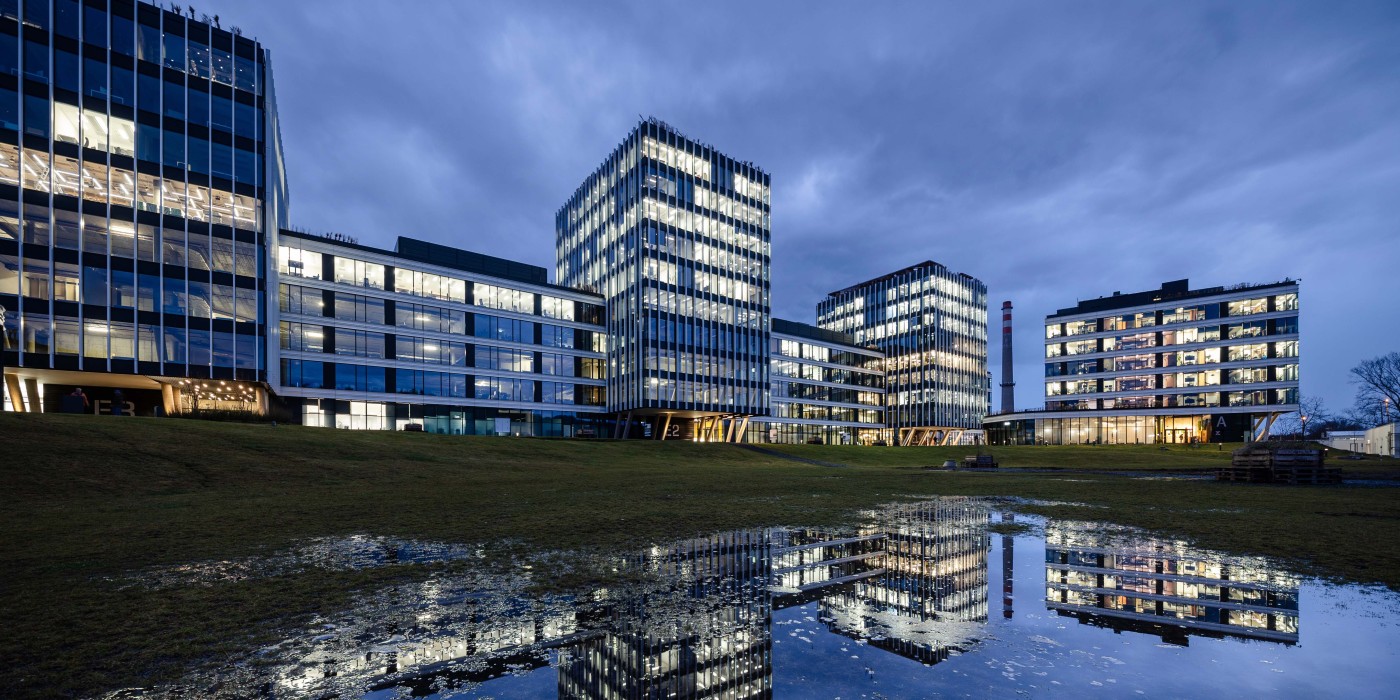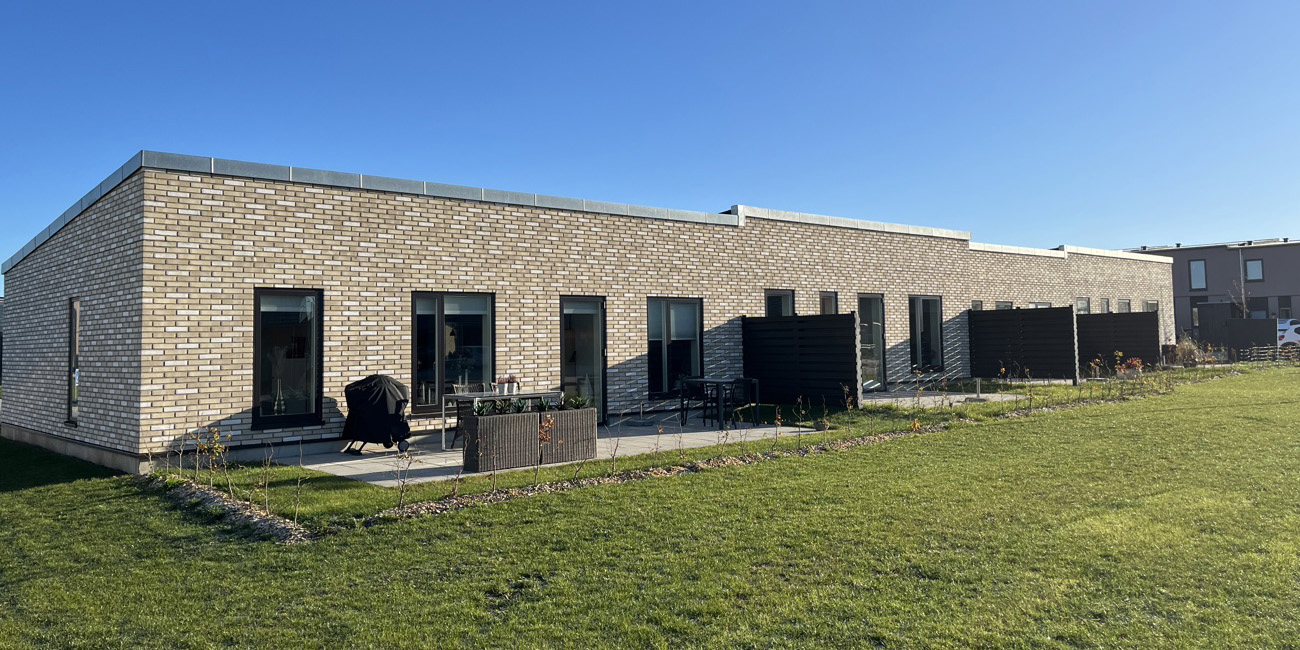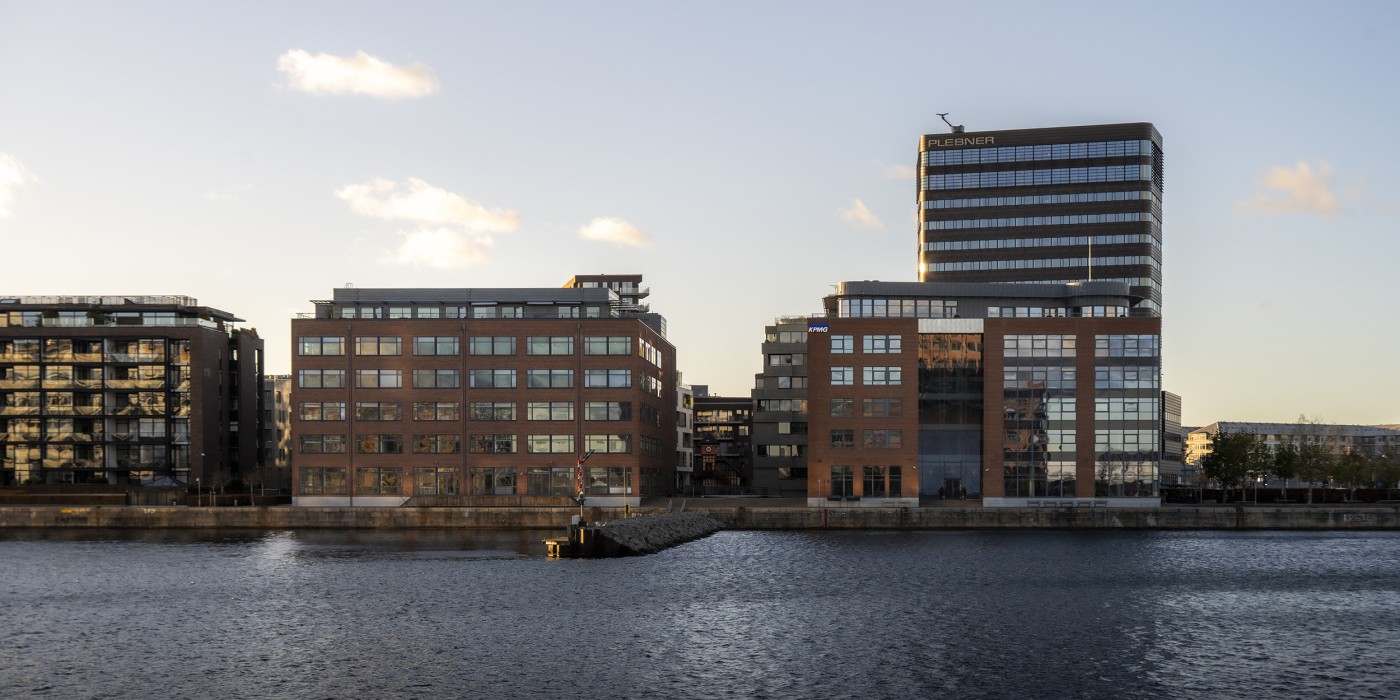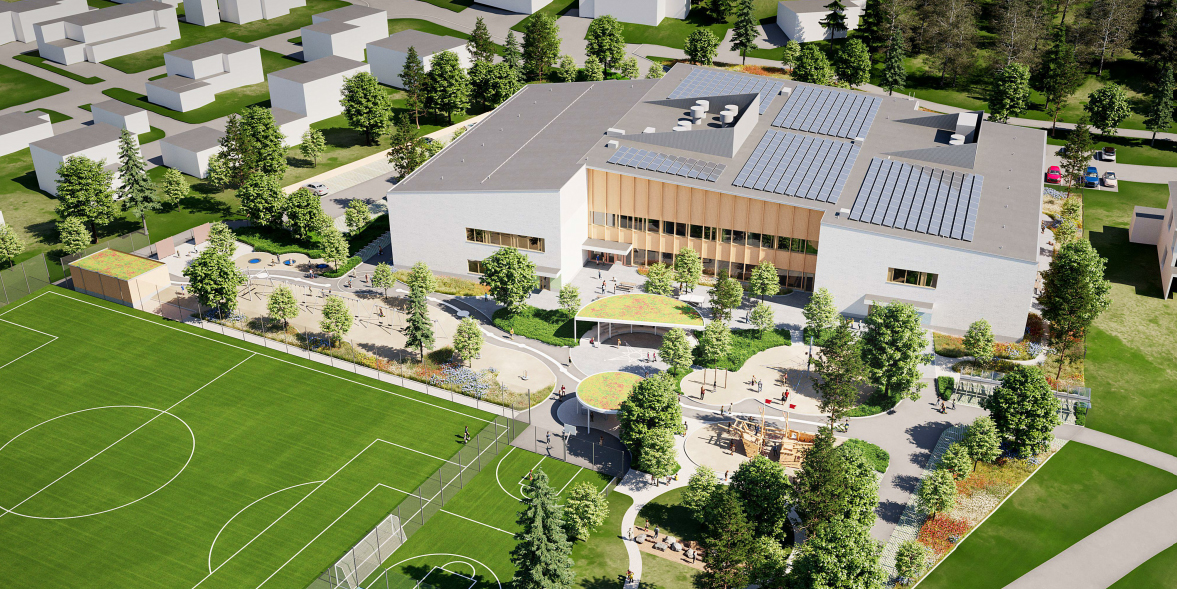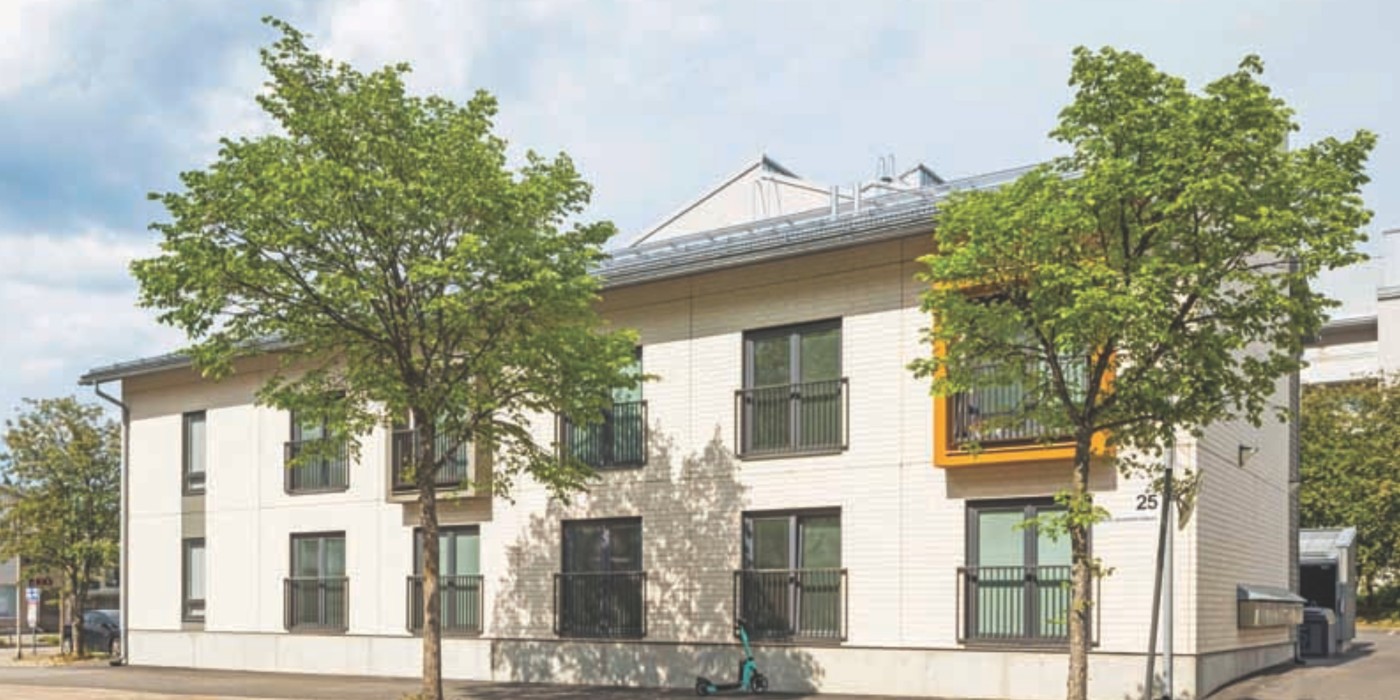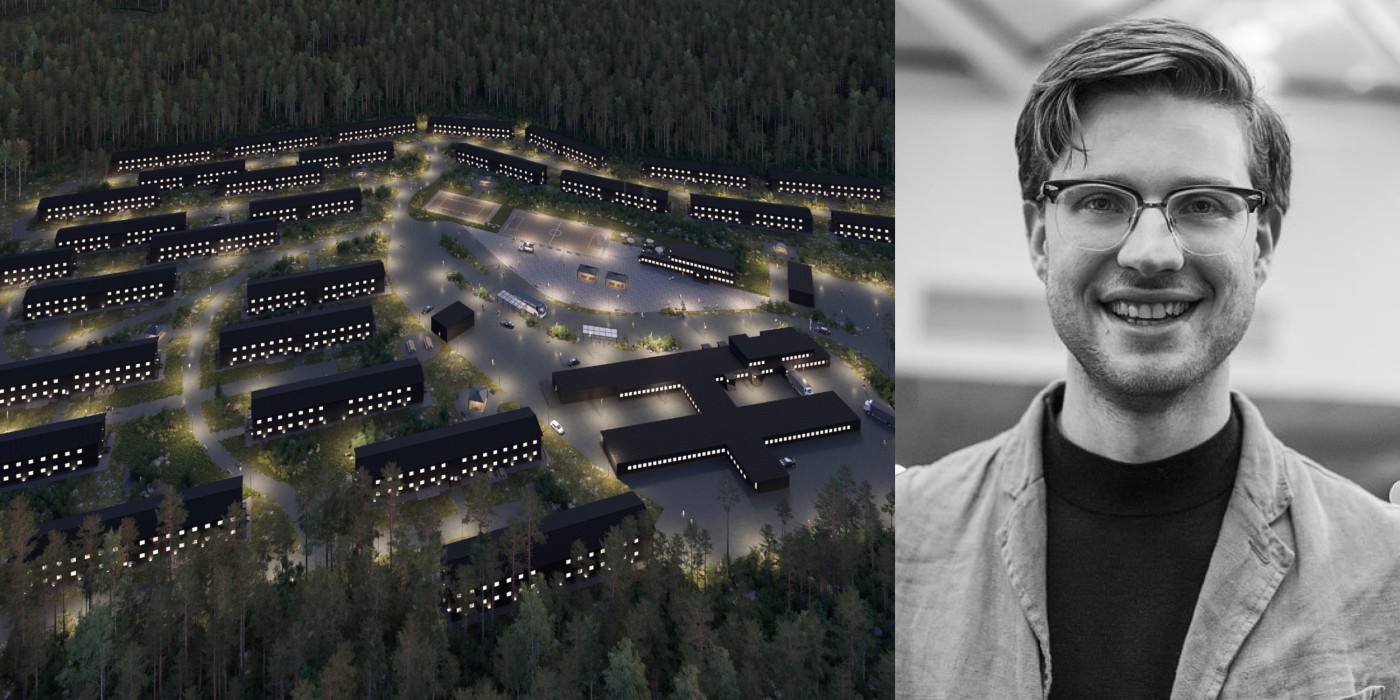Barring major changes in the course of the Covid-19 pandemic, activity levels in the Scandinavian contracting markets are predicted to be satisfactory in the years ahead, provided that expected growth in public-sector demand materialises. Generally reduced investment appetite among businesses and households is forecast to reduce production by 6% in 2021, before the decline tapers off in 2022. This prediction is based on a number of key assumptions:
“Our relatively positive assessment presupposes continued offensive public-sector investment in construction and civil engineering, and we anticipate a clear reorientation of the contracting markets towards these segments. This is particularly true of forecasts for Norway,” says Kristoffer Eide Hoen, Chief Analyst Veidekke ASA.
The construction and civil engineering markets appeared set for a hard landing this spring, when government responses to the Covid-19 pandemic drastically reduced mobility and business activity. Activity levels were expected to fall sharply in 2021 if ongoing construction activity slowed and new projects were put on hold.
“Prospects have improved somewhat,” says Hoen. “Although uncertainty remains about how the pandemic will develop going forward, the situation is better than feared, and we believe that we can put the past spring’s most pessimistic scenarios aside.”
Hoen emphasises that uncertainty remains high, and that market trends may turn if any of the following developments occur:
# If the assumption of high public-sector demand is not confirmed, the market is likely to suffer a sharp downturn, particularly in Norway.
# If Scandinavia or important trade partners suffer a serious new outbreak, this may both disrupt delivery capacity in the industry and reinforce investor and household uncertainty.
# If the labour market stabilises and interest rates remain at their current low levels for several years, this may stimulate new growth in the markets for residential units and commercial buildings.
Despite generally satisfactory construction volumes, various challenges remain to be overcome, with perhaps the most serious being reduced residential construction. Few new building starts have been registered, and a new housing shortage can therefore be expected in 2021 and 2022, particularly in Oslo and Stockholm. This clearly increases the risk of rampant residential property prices, as seen several times over the past decade.
The construction and civil engineering industry is Norway’s largest mainland industry in terms of value creation, and the country’s largest employer. Due to its broad regional distribution, the industry plays a key role in keeping national economies going.

 All Nordics
All Nordics
 Sweden
Sweden
 Denmark
Denmark
 Finland
Finland
 Norway
Norway
